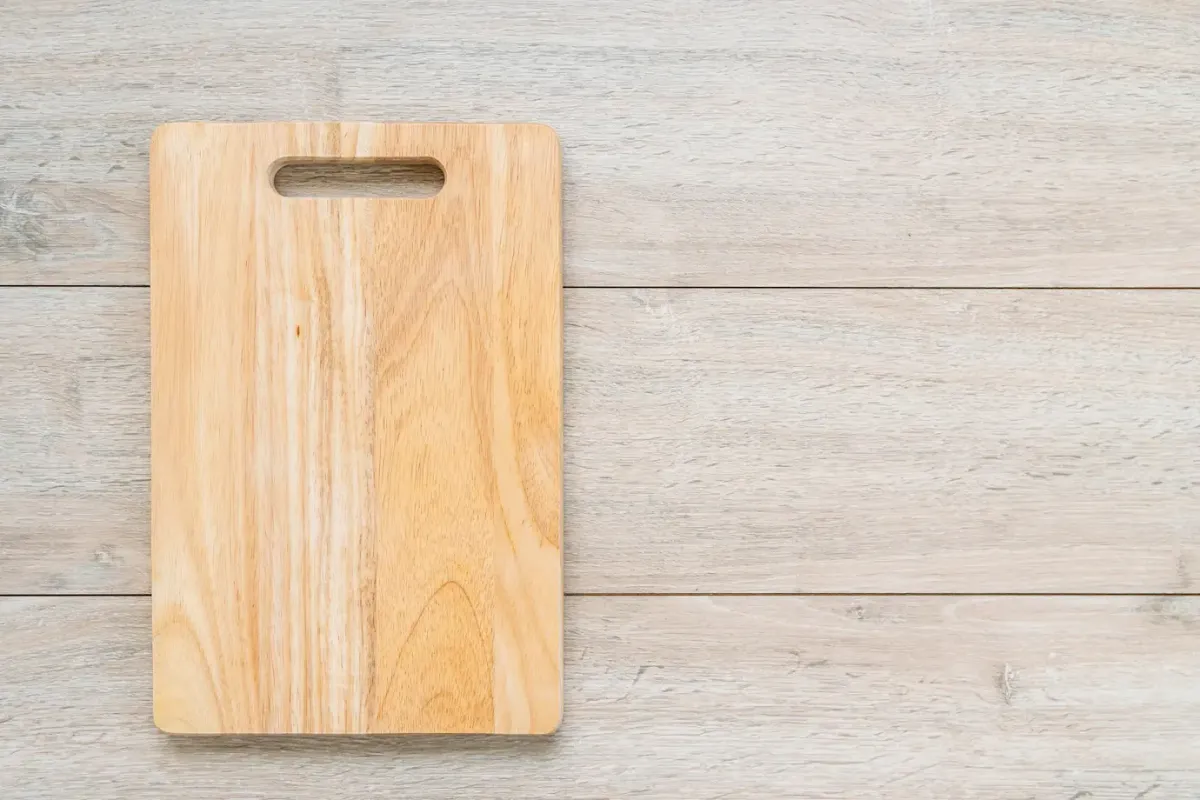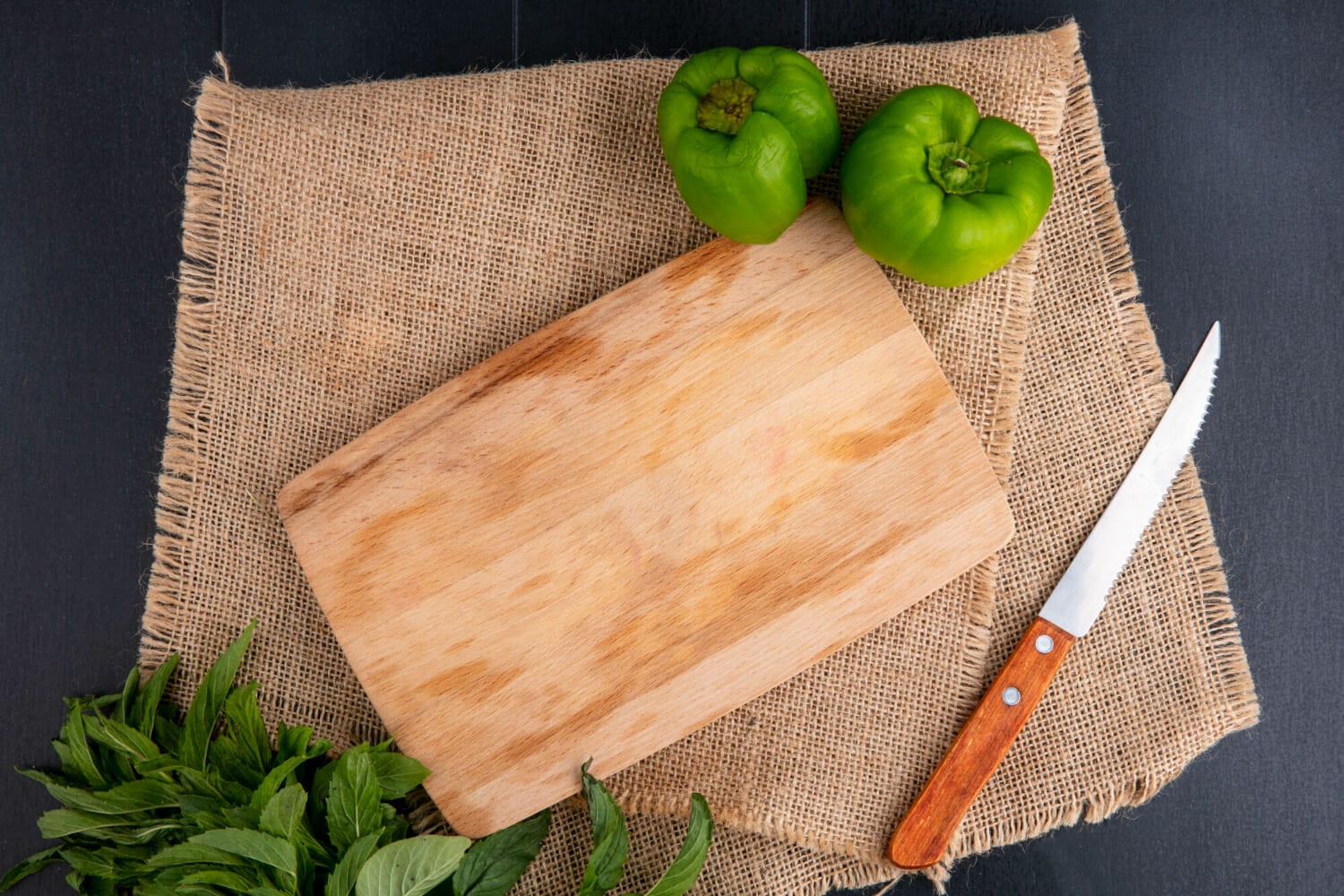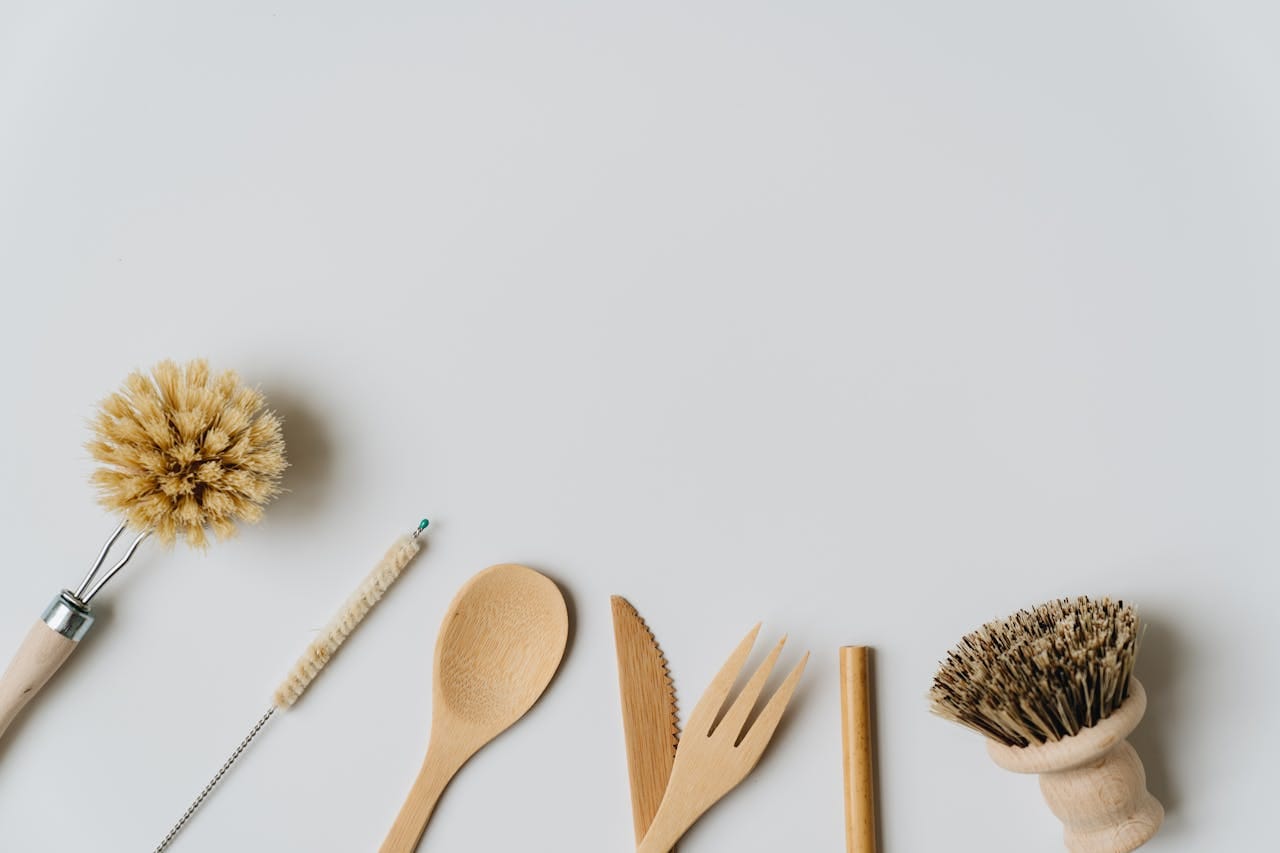Picking the right cutting board is a kitchen must-have. But with bamboo boards flooding the market, how do you find one that's both eco-friendly and built to last? Don't worry, chef! This guide will help you navigate the world of bamboo cutting boards and find the perfect one for your culinary creations.
We'll focus on two key areas: sustainability and quality. First, we'll explore certifications that ensure responsible forestry practices. Then, we'll uncover the physical qualities of a top-notch bamboo board, making sure it's not just green but also durable and user-friendly.
🤝As an Amazon Associate, we earn from qualifying purchases made through our links, at ZERO additional cost to you.
In This Article
- Selecting for Sustainability: Certifications Matter
- Quality Markers: Don't Settle for Less
- Reputable Brands and Artisan Makers: Names You Can Trust
- Frequently Asked Questions
Selecting for Sustainability: Certifications Matter

In today's environmentally conscious world, choosing a sustainable cutting board is a priority. Here's why it matters and how certifications can guide you:
The Environmental Impact of Bamboo: While bamboo is a fast-growing and renewable resource, irresponsible harvesting practices can still have negative consequences. Choosing a sustainable board ensures minimal environmental impact throughout the bamboo's lifecycle.
The Power of FSC: The Forest Stewardship Council (FSC) certification is your golden ticket to sustainability. This label guarantees that the bamboo used in your cutting board originates from responsibly managed forests. FSC certification promotes practices that ensure forest health, protect biodiversity, and respect the rights of workers. By choosing FSC-certified bamboo, you're actively contributing to a more sustainable future.
Beyond FSC: The world of eco-labels can be vast. While FSC is a key indicator of responsible bamboo production, you might encounter other labels specific to bamboo processing or sustainable manufacturing facilities. Don't hesitate to research these labels to understand their focus and choose an option that aligns with your values.
Quality Markers: Don't Settle for Less
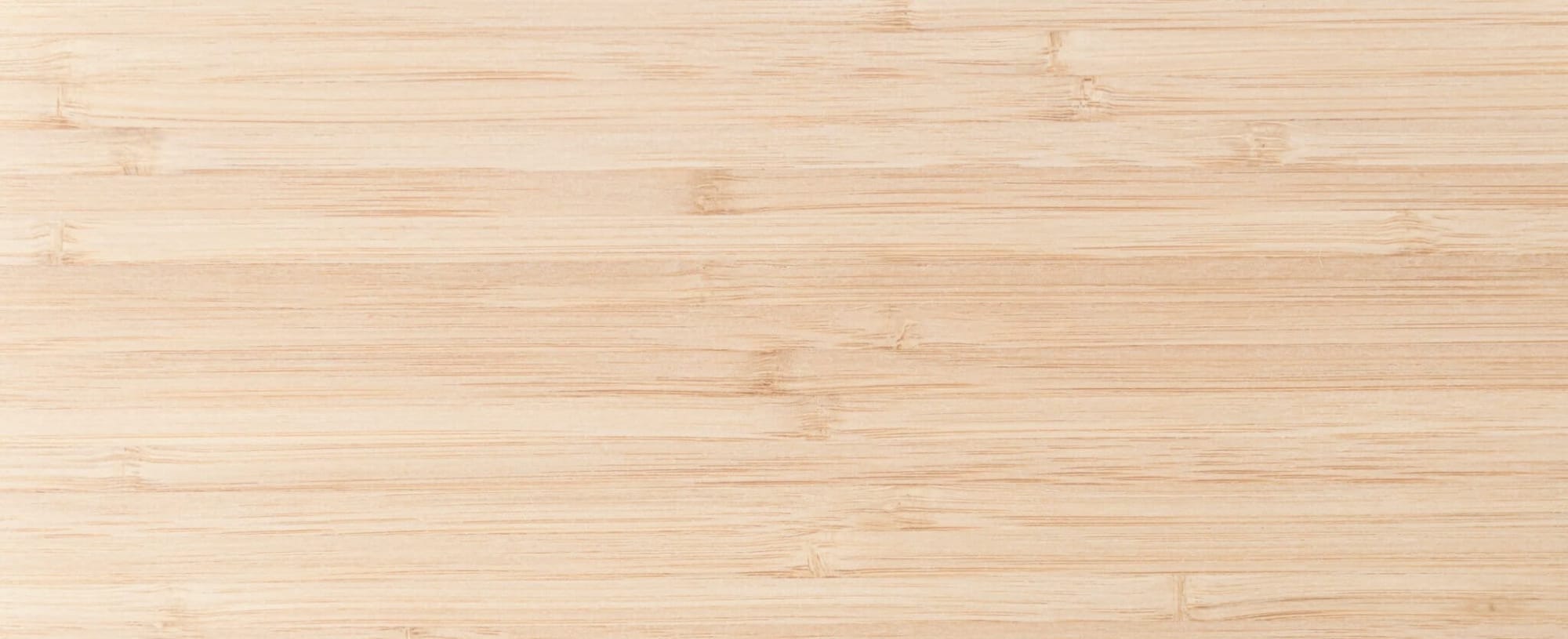
Now that you've got the sustainability angle covered, let's delve into the physical qualities that define a top-notch bamboo cutting board. These markers ensure a board that's not just eco-friendly, but also built to last and provide a pleasant user experience:
Board Thickness Matters: Forget flimsy boards that wobble under pressure! Aim for a thickness around 3/8 inch to 3/4 inch for optimal stability and durability. Thin boards are more prone to warping and cracking, especially with heavy chopping tasks. A thicker board provides a more secure and comfortable chopping surface.
Material Density is Key: Not all bamboo is created equal! The density of the bamboo used in your cutting board significantly impacts its durability. Denser bamboo translates to a more robust and long-lasting board. Look for cutting boards made from Moso bamboo, a species renowned for its high density. This translates to a board that resists scratches, dents, and everyday wear and tear better than its less dense counterparts.
Grain Orientation Matters Too: Here's a detail you might not have considered – the direction of the grain in the bamboo actually affects the board's strength. Ideally, the grain should run vertically along the length of the board. This vertical orientation provides increased strength and reduces the risk of splitting during chopping. Boards with horizontal grain are more susceptible to cracking under pressure.
Finish it Right: The final touch – the finish applied to your cutting board – plays a crucial role in both safety and maintenance. Look for a natural, food-grade oil finish. These finishes are safe for food contact and relatively easy to maintain. Avoid boards with harsh chemical coatings, which can raise safety concerns and might require more specialized cleaning procedures.
Reputable Brands and Artisan Makers: Names You Can Trust
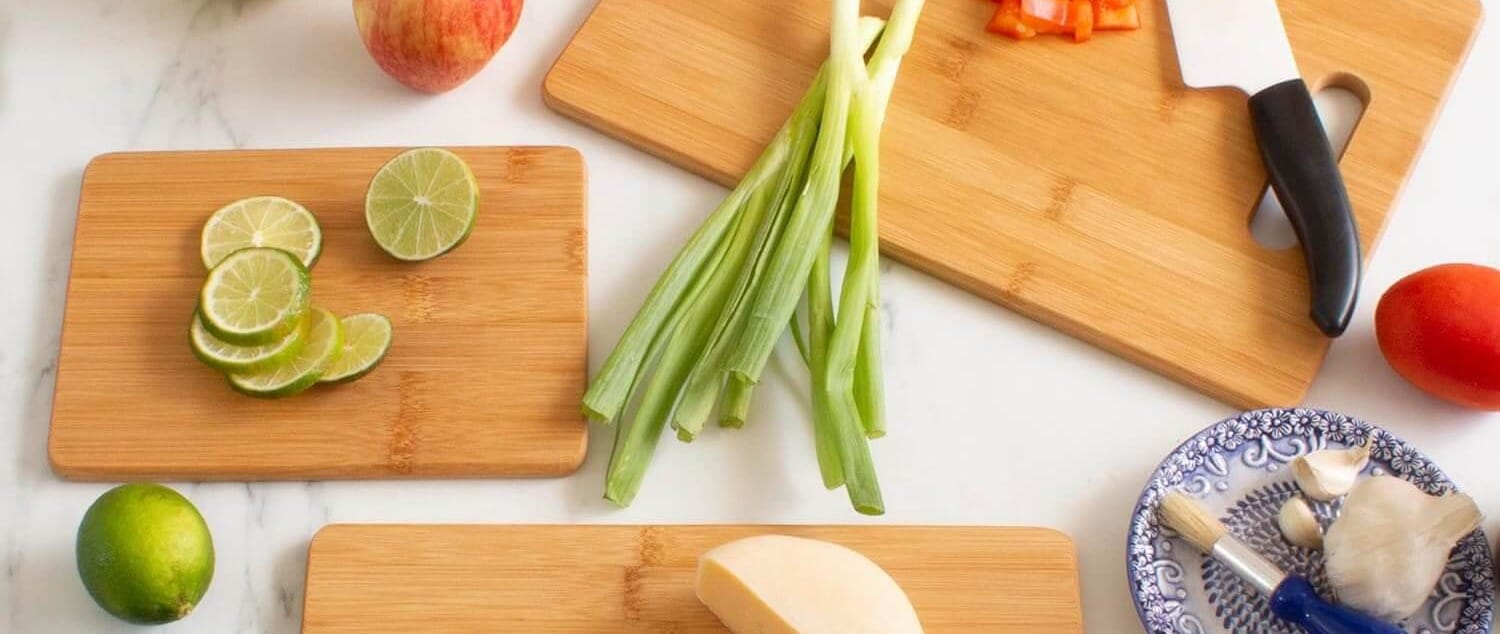
With the knowledge of certifications and quality markers in hand, it's time to explore where to find your dream board! Here's the importance of choosing reputable sources and some starting points for your search:
Why Source Matters:
Finding a reliable source for your bamboo cutting board is crucial. Reputable brands and artisans prioritize quality materials, responsible manufacturing practices, and transparent communication about their products. This ensures you get a board that not only meets your sustainability and quality expectations, but also offers excellent customer service and potential warranties.
Reputable Brands to Consider:
Greener Chef: Totally Bamboo offers a wide range of bamboo cutting boards with FSC certification and a focus on high-quality construction. They are known for their durability and functionality.
Totally Bamboo: Specializing in sustainable bamboo products, Totally Bamboo offers cutting boards with various features and certifications. They prioritize eco-friendly practices and innovative designs.
Royal Craft Wood: This brand is known for its commitment to using sustainably sourced bamboo and craftsmanship. They offer a variety of high-quality bamboo cutting boards and charcuterie boards that are built to last.
Exploring Artisan Options:
While established brands offer a reliable choice, don't overlook the unique charm and potential customization options of handcrafted bamboo cutting boards. Here are some ways to explore the world of artisan makers:
Online Marketplaces: Platforms like Etsy connect you with a vast network of artisans who create beautiful and functional bamboo cutting boards. You can often find unique designs, personalization options, and a direct connection with the maker.
Local Craftsmanship: Look for local woodworkers or attend craft fairs where artisans showcase their creations. This allows you to personally inspect the quality of the board, support local businesses, and potentially have the opportunity to commission a custom-made board to your exact specifications.
Remember: Don't be afraid to ask questions! Reputable brands and artisans are usually happy to provide information about the sustainability practices, materials used, and care instructions for their bamboo cutting boards. This extra step can ensure you find the perfect board that aligns with your values and chopping needs.
Frequently Asked Questions
How to choose a bamboo cutting board?
This guide has equipped you with the key factors: sustainability certifications (like FSC) and quality markers (thickness, material density, grain orientation, and finish). Prioritize these for an eco-friendly and long-lasting board!
What are the benefits of using a bamboo cutting board?
Bamboo offers sustainability, durability, gentleness on knives, and potential natural antibacterial properties.
Are bamboo cutting boards dishwasher safe?
Generally not recommended. Opt for handwashing and air drying to prevent warping and cracking.
What is FSC certified bamboo?
FSC certification guarantees the bamboo comes from responsibly managed forests, promoting a sustainable future.
What is the best thickness for a bamboo cutting board?
Aim for 3/8 inch to 3/4 inch for optimal stability and durability. Thin boards are more prone to damage.
